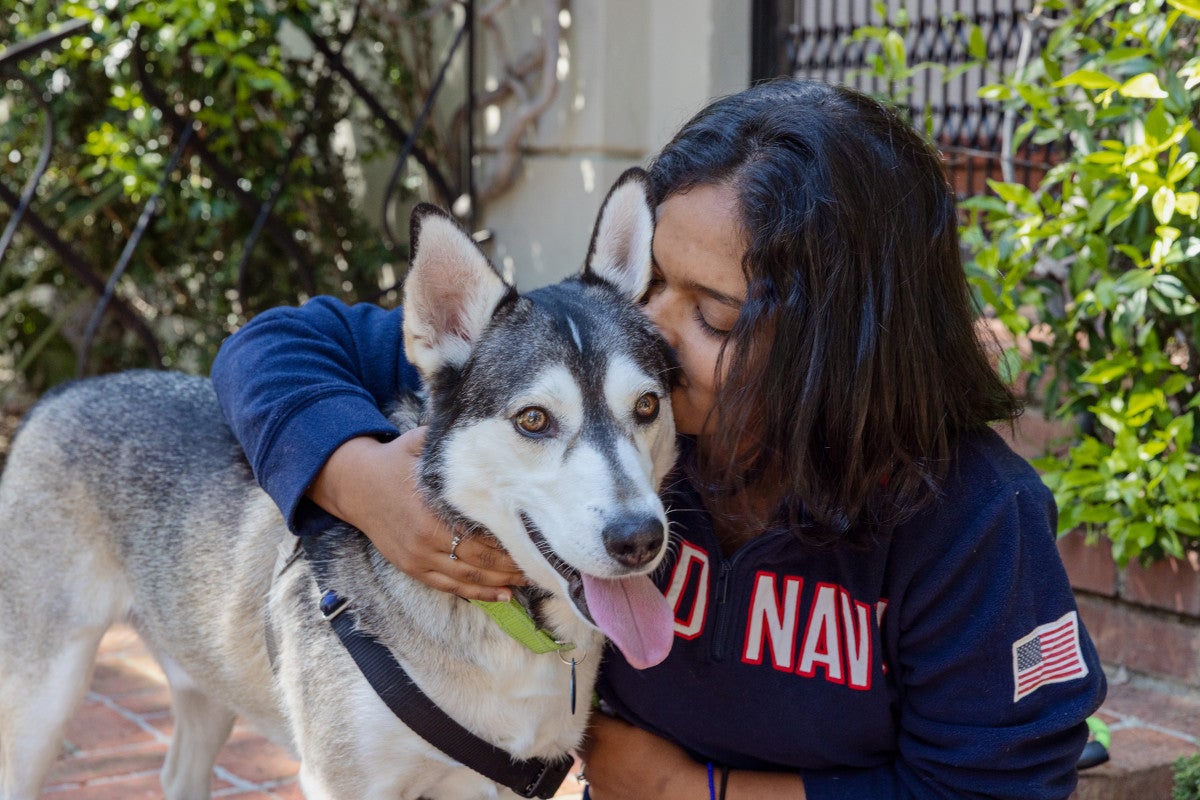
Capacity of Care: It’s Your Community
June 21, 2024
When I began my career in animal services, I remember capacity for care being used as a reason for choosing what dogs and cats were going to be killed each week. The idea being that you should never have more animals in your facility than you could care for. The kennel manager would bring me a list of animals that he had selected, and the reason usually given was kennel space. If space were not an issue, most of the dogs and cats on his list would have had more time for lifesaving options like being pulled by a rescue, possibly reclaimed by their families, or adopted into a new home.
Not coming from a career in animal sheltering, I couldn’t understand or support this practice and worked very quickly with the team to change it.
The first thing we did was redouble our relationship building with the rescues that supported us, letting them know that we didn’t want to be killing dogs and cats for space and needed their support. It wasn’t that the staff ever wanted to kill dogs and cats for space, but it was the status quo, and it had been rationalized.
We also changed the way we interacted with people surrendering their own pets or found pets. We found that with some problem-solving and resource sharing, we could sometimes help a family keep their pet, and the finders of lost pets would be interested in temporarily housing the pet for us. This was well before managed intake was given a name.
The biggest game changer in expanding our capacity for care was creating a foster program that exponentially increased our ability to care for dogs and cats in our community. By keeping healthy dogs and cats out of the shelter in the first place, we could focus on the most urgent needs first. Later in my career, it was not uncommon to have the same number of animals in foster care as I did in the shelter.
Reflecting more than a decade later, my advice is that every single animal shelter must have a robust foster program and an emergency foster program that reflects the size of their community and its needs. When I talk with shelter teams now who are seeking to increase lifesaving, they often assure me they have a foster program in place, only to learn later that what they do have is loosely organized at best and often nowhere near the size and scope that their community needs and would support if asked to be part of the lifesaving effort. Not involving your community is a huge missed opportunity to strengthen the support you need and expand your lifesaving capabilities.
We must remember that despite our best efforts at cleanliness and preventive measures, animal shelters are not safe places for our pets. They are closed environments where disease is easily transmitted. The environment is also stressful for pets who, through no fault of their own, find themselves in a strange situation with foreign smells and sounds. Not trained to perform for their lives, they can do something under duress that costs them their lives.
Foster programs give dogs and cats the chance to be who they are. They can sleep on a sofa, play in a yard, chase a toy, dream of happy days, and hang out with people who care for them. More importantly, foster programs give the community a way to contribute to the evolution of animal shelters from impoundment facilities to resource centers for pets and people.
A little bit later in my tenure at the same shelter, we created a foster program, especially for dogs exhibiting behavior concerns in the shelter. Most of the concerning behaviors stopped once the dogs were removed from the tension of the shelter environment, and we dramatically increased our ability to save our mid-size to bigger dogs.
What I learned early in my career in animal services was that the walls of an animal shelter should not define nor restrict our capacity for care. A lifesaving animal shelter is an ethic and value that the community will rally around and support.

Tawny Hammond
Director of No Kill Advancement
Best Friends Animal Society
If you enjoyed this editorial, you can find our complete catalog of editorials here.